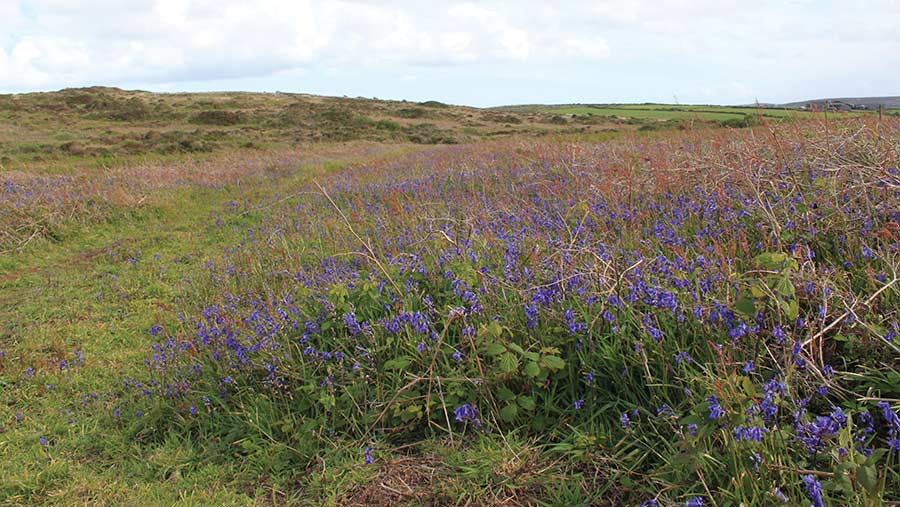Opinion: Penwith SSSI designation raises many questions
 Penwith Moors © Cornish Lad/Alamy Stock Photo
Penwith Moors © Cornish Lad/Alamy Stock Photo Of the roughly 800ha that I farm, only two are designated as an area of special scientific interest (SSSI).
So I can’t imagine how farmers on Penwith Moors in Cornwall felt on 28 June as they attended a meeting in St Ives to learn that their entire farms were suddenly part of a 3,044ha SSSI, courtesy of a decision by Natural England (NE).
See also: Opinion – I’ve come to the conclusion I’m incurably grumpy
NE chairman Tony Juniper described the decision as “difficult”, but I can only guess how difficult it will now be for those farmers, many of them with radically different systems, who have suddenly found themselves entirely within the largest SSSI in the UK.
Presumably part of Mr Juniper’s difficulty in reaching a decision was that he was aware of the irony of imposing 25 restrictions on daily farming activities on the very people who have created a site of such scientific and botanical interest.
It appears the old maxim “if it ain’t broke, don’t fix it” is not one that applies to NE’s thinking when it comes to SSSI designation.
Recent events in St Ives do give farmers like myself, who have been engaged in agri-environment schemes for 40 years, pause for thought.
As my corn bunting and butterfly counts have improved over the years, am I next in line to have large tracts of my farm, or even my whole farm, swept up by NE into an SSSI?
Those affected by events in Cornwall are complaining they weren’t given enough notice of the decision, and that maps of the areas likely to be affected, made available prior to the decision, were inadequate.
But from what I gathered from the Farmers Weekly podcast, the NE decision to create the Penwith Moors SSSI was taken by the “NE board”.
This board passed the proposal with seven votes in support, two abstentions and one objection (because the board member believed that the hydrological data they were being asked to consider was flawed.
So, it’s not like the farmers appear to have had much say. Instead, it is purely a matter of internal debate within NE. What criteria NE uses as justification for creating an SSSI also remains a mystery.
Certainly, given that the board was so split in its decision, it seems to come down to the opinion of individuals rather than there being any empirical, scientific measurement of biodiversity.
The 2ha SSSI that I own is not land I can really farm. Part of it is too wet and the other part harbours a rare plant that is poisonous to livestock. But I’m always worrying about it.
NE tells me that one part of it is drying out too much, and I fret that the other half has started to scrub up – also a bad mark.
I have a very good working relationship with NE personnel, but I need written consent before anything can be done to intervene.
While that works perfectly well on 2ha of extremely marginal land, I certainly wouldn’t enjoy my whole farm being managed that way.
So, with NE having declared that the Penwith Moors decision is only one of a number of further intended SSSI extensions across England, I will have increasingly mixed feelings as I count the bee orchids on my organic downland pastures this summer.

